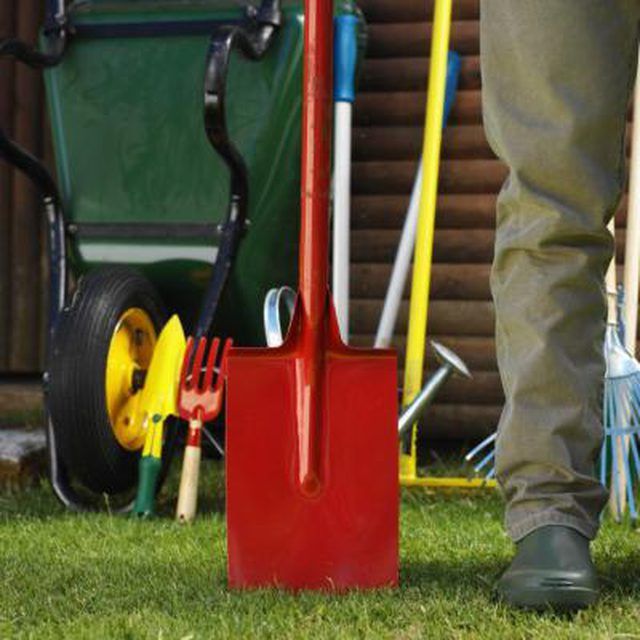Bulbs
Flower Basics
Flower Beds & Specialty Gardens
Flower Garden
Garden Furniture
Garden Gnomes
Garden Seeds
Garden Sheds
Garden Statues
Garden Tools & Supplies
Gardening Basics
Green & Organic
Groundcovers & Vines
Growing Annuals
Growing Basil
Growing Beans
Growing Berries
Growing Blueberries
Growing Cactus
Growing Corn
Growing Cotton
Growing Edibles
Growing Flowers
Growing Garlic
Growing Grapes
Growing Grass
Growing Herbs
Growing Jasmine
Growing Mint
Growing Mushrooms
Orchids
Growing Peanuts
Growing Perennials
Growing Plants
Growing Rosemary
Growing Roses
Growing Strawberries
Growing Sunflowers
Growing Thyme
Growing Tomatoes
Growing Tulips
Growing Vegetables
Herb Basics
Herb Garden
Indoor Growing
Landscaping Basics
Landscaping Patios
Landscaping Plants
Landscaping Shrubs
Landscaping Trees
Landscaping Walks & Pathways
Lawn Basics
Lawn Maintenance
Lawn Mowers
Lawn Ornaments
Lawn Planting
Lawn Tools
Outdoor Growing
Overall Landscape Planning
Pests, Weeds & Problems
Plant Basics
Rock Garden
Rose Garden
Shrubs
Soil
Specialty Gardens
Trees
Vegetable Garden
Yard Maintenance
How to Treat Clay Soil
How to Treat Clay Soil. Clay soil is a problem in the garden when growing vegetables, trees, or foliage. Clay compacts easily and can become waterlogged. This leaves little room for oxygen to get to the plant roots, causing rot and other plant diseases if the soil is not treated before planting. Treating clay soil requires the addition of organic...

Clay soil is a problem in the garden when growing vegetables, trees, or foliage. Clay compacts easily and can become waterlogged. This leaves little room for oxygen to get to the plant roots, causing rot and other plant diseases if the soil is not treated before planting. Treating clay soil requires the addition of organic fillers to restore structure to the soil so your plants can grow and receive the needed oxygen and moisture content to remain healthy and thrive.
Things You'll Need
Garden fork
Garden hose
Steel rake
Green plant materials
Manure
Sand
Compost
Gypsum
Till hard clay soil with a spading fork to break up large clods and help expose the soil to the sun and air. Turn the soil over with your spade, digging as far down as 8 inches and working in small areas at a time to break up the clay.
Leave larger clay clods that are resistant to breakage on the top of the soil to dry out in the sun.
Wet the clay clods with water after they have dried and break up the remaining clods with a steel garden rake.
Add green plant materials, compost, sand and animal manure, up to one half of the soil content, mixing it into the clay earth. When using manure, leach out excessive salts in the manure by running water through it before adding it to the clay.
Avoid using organic materials that decay slowly over time such as sawdust, straw and peat moss, as they will use extra nitrogen needed by the plants for growth. If this is your only available medium, you may need to add additional nitrogen into the soil to compensate if you are planning to plant right away.
Add gypsum to the soil if you have sodic (acidic) soil. You can usually tell these types of soils by the hard crust that forms on the top of earth after a good rain. Apply a top layer of gypsum (5 pounds to every 100 square feet) to the soil after it has been worked with the other organic materials.
Tips & Warnings
Gypsum is transported through rain to the plant roots and in addition to softening the soil is also good source of calcium for plants; it may take up to three years to have an effect on the roots of your plants.
Most plants thrive well in soil pH levels that are between 6.0 and 7.0. You may obtain a soil pH test kit from garden centers and large nurseries.
Avoid walking on or compacting clay soil when it is wet, it compresses easily.